| Manufacturer | Seiko Instruments Inc. / SII / Hattori / TMI |
| Caliber Number | VH31, VH31A, VH31B |
| Type | Quartz (mechaquartz), battery-powered |
| Lignes |
10.5”’ |
| Diameter |
23.70mm |
| Casing Diameter |
23.3mm |
| Height | 3.45mm thick |
| Jewels |
2 (VH31A), 0 (VH31B) |
| Frequency | 32,768 Hz |
| Beat Rate |
14,400 vph, 2 Hz |
| Accuracy Rating |
+/- 15 sec/month |
| Battery Cell Number | 371 (SR920SW) |
| Battery Life |
~2 years |
| Quartz Type | Tuning fork type quartz crystal |
| Stem | 351177/tap 10 or 351892/tap 11 |
| Hand Count |
3 |
| Hand Sizes | 1.20mm / .70mm / .17mm |
| Functions | Central hours; central minutes; central “sweeping” seconds |
| Other Features |
True no-date |
| Hacking Seconds? |
Yes |
| Country of Manufacture | Made in Japan |
| Known Models | (Too many to list. Add your watch in the comments below…) |
The Seiko Instruments (SII) caliber VH31 is part of the VH family of high beat rate quartz movements that Seiko refers to as their Sweep Second Quartz Series. It is a true no-date 3-hander with 2 jewels, made in Japan. The VH series was introduced in 2015.
Some of the topics covered in this caliber listing:
Is VH31 a mechaquartz movement?
Because of the sweeping seconds hand that looks similar to functionality of a mechanical watch, the watch community often bundles this movement into the mecaquartz/mechaquartz style of movements. This includes many watch brands referring to their VH31 powered timepieces as “mechaquartz”.
Categorizing the VH31 as a mechaquartz movement may cause some controversy amongst enthusiasts (even in the comments section of this caliber listing), but it’s important to remember that Seiko themselves do not use the word “mechaquartz” to identify any of their movements. Mechaquartz is a term the watch community applies to movements with certain characteristics – as a result, it has become a trendy word for brands and influencers to use. With that said, it is a term that is used differently by different members of the community. Your definition may take the “mecha” literally, referring to the watch having a mechanical aspect, while others interpret it as appearing like a mechanical watch in functionality – the sweeping seconds hand, for example. Being that the word is not used in an official capacity by the manufacturer, then it comes down to a subjective debate over semantics, which both sides have a valid point.
When was the VH31A introduced?
Official technical documentation for the VH31A was found dated as far back as August 2016, but the caliber was officially introduced on September 9. 2018.
VH31 VS VH31A:
What is the difference between VH31 and VH31A? Nothing. VH31 is the base caliber designation and the trailing letter is an evolution or upgrade indicator, A being the first version produced. At the time of this post, there is not a VH31B and may never be one if Seiko does not feel the need to change anything.
VH31A VS VH31B:
Technical documentation shows that the VH31A was updated to the VH31B in 2023.
The biggest change between these two versions is that the VH31A has 2 jewels and the VH31B has 0 jewels.
The size remains the same, the accuracy rating is the same, the battery and battery life is the same.
Sweeping Seconds:
As a mecaquartz type of movement, the second hand on the VH31 has a rather smooth sweeping motion, unlike most quartz watches that impulse with a ticking motion. The seconds on a VH31 sweep at 4 beats per second (2Hz) which is slower than a typical automatic (for example the NH35A beats 6 times per second), but much smoother than a regular 1 beat per second quartz. The smoothness is thanks to its step motor that rotates 4 times per second instead of 1 time per second.
How TMI describes it:
“Centre second hand moves 4 times per second, resembles mechanical movements.”
Torque:
According to TMI, the torque of a standard quartz movement’s central seconds hand is about 0.07uN-m, whereas the torque of a VH series is approximately 0.30uN-m (about a 400% increase in torque). These stats are based on comparisons with their own “common” quartz calibers (the caliber PC21J for example).
Accuracy Rating:
Seiko/Time Module states that the expected accuracy of this calibre is +/- 15 seconds per month at normal operating temperatures of -5C to + 50C (23F – 122F). There is no way to regulate or adjust this movement.
Battery Replacement:
The VH31 battery life is about 2 years. The cell number for replacement is 371 (SR920SW).
To change the battery, use your tool to gently hold the retaining tab to the side, allowing the battery to pop up.
Stem Removal:
The official instructions aren’t the easiest to follow, but you can find them below for reference. There is a small triangle shaped lever with an circular indentation. You will gently press that while extracting the stem. As for which position the crown should be in for removal, Seiko makes that part easy: the lever is most visible in the position that is ideal for stem extraction, the lever hides when in the incorrect position.
In other words, it is only in clear view when the crown is in the correct position, so there is no need to worry about which position to put the crown in when pressing the detent button/tab. Using your tweezers or a toothpick, gently push down the tab/lever while pulling out the stem.
VH31 Replacement Prices:
At the time of this post, replacement prices for this movement were found online in the range of $7.95 to $14.95.
TMI/SII/Hattori:
You might find this caliber VH31 listed as being produced by SII aka TMI (Time Module Inc) aka Seiko Instruments Inc. Some are signed SII and others are signed TMI. Learn more about the different names here.
Video of the seconds hand:
Here is a short dial side video to show the smooth sweeping seconds on the VH31. At a quick glance you’d think it was an auto with a stuttering seconds hand!
VH31A Tech Sheets (pdf):
VH31B Tech Sheets (pdf):
Additional Resources:


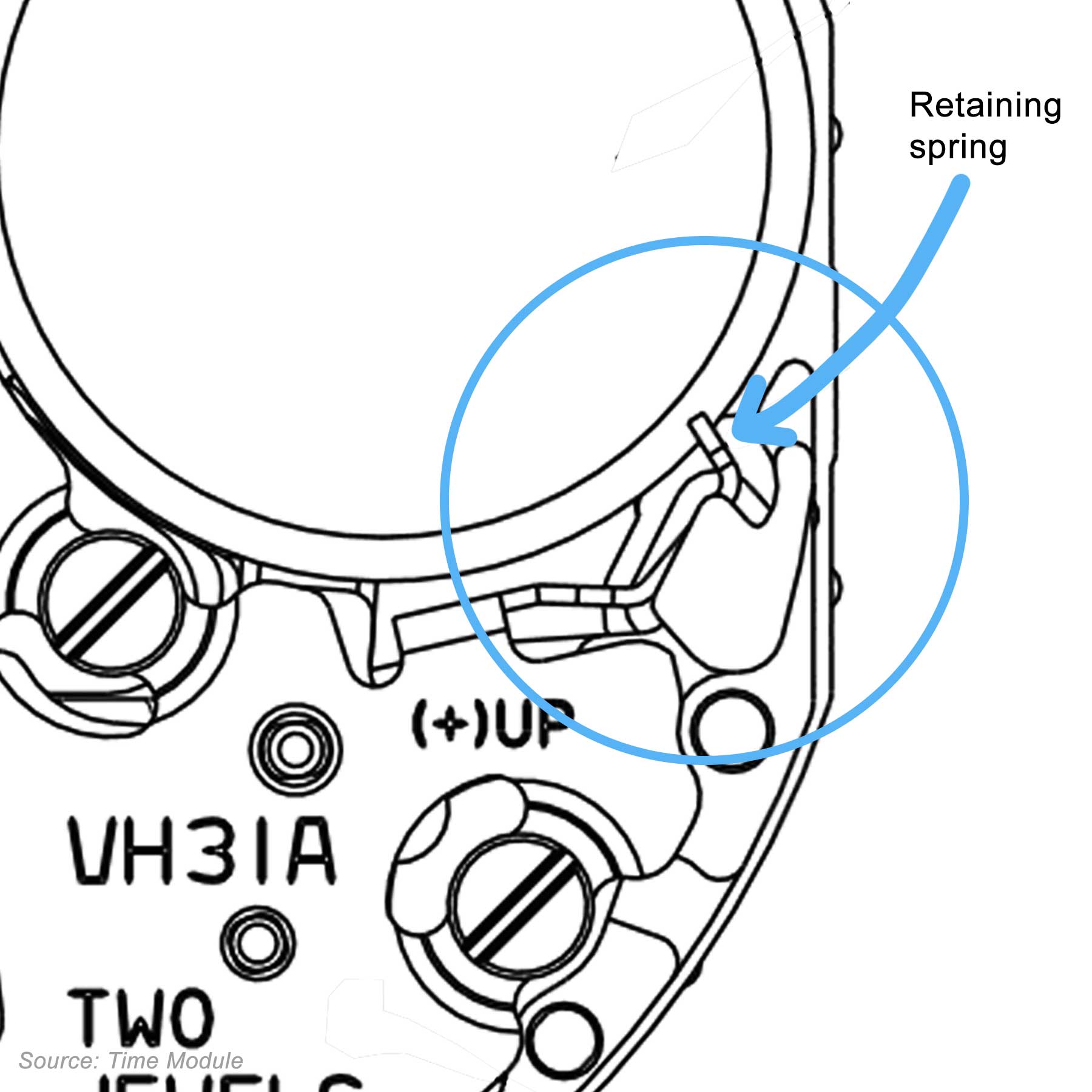

 network of watch sites
network of watch sites




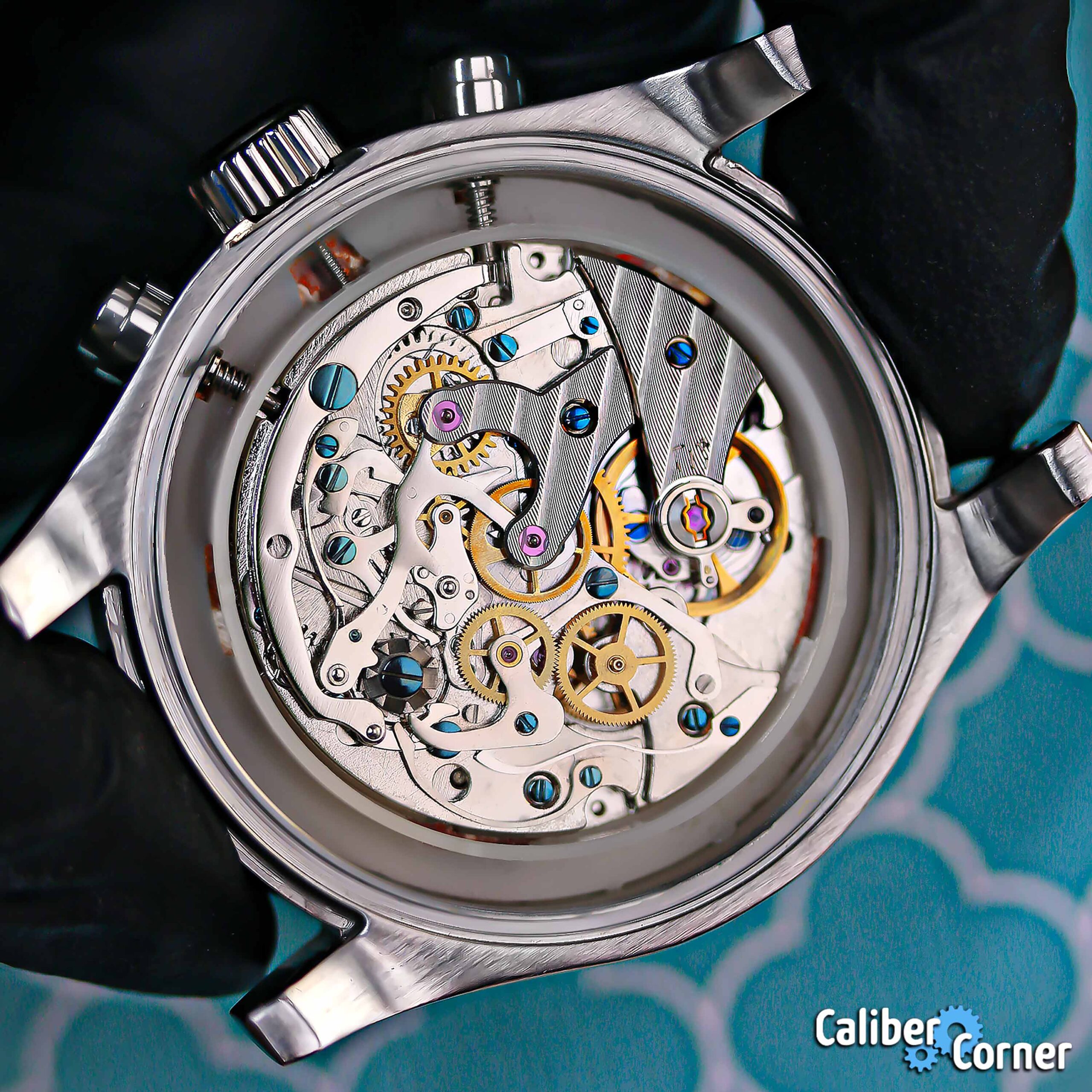
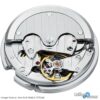


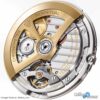

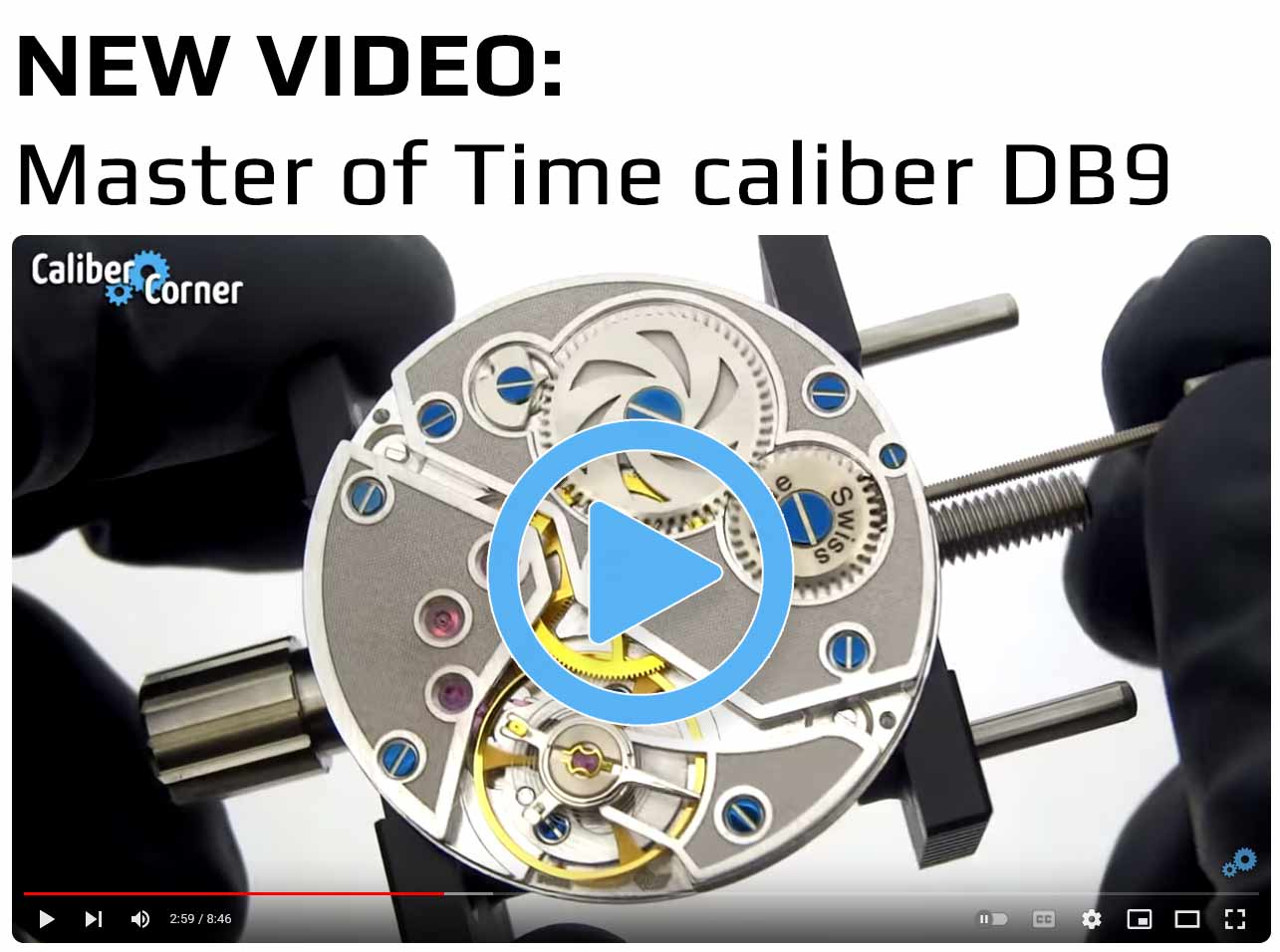



Recent Comments
This calibre is also in my Ahoi Atlantik 557 (now discontinued) 40mm watch. Many sites…
Thank you for catching that and helping to make the site better
Tactical Frog FXD2 Titan uses also VS75
There is something wrong with you. As said you don't see it. If you want…
Sekonda 26 jewel Slava 2427, does NOT hack :)
Hello! yes I need some help! I've left my contact details too, please let me…
The 3185 doesn’t actually have a quickset date in the traditional way. It has a…